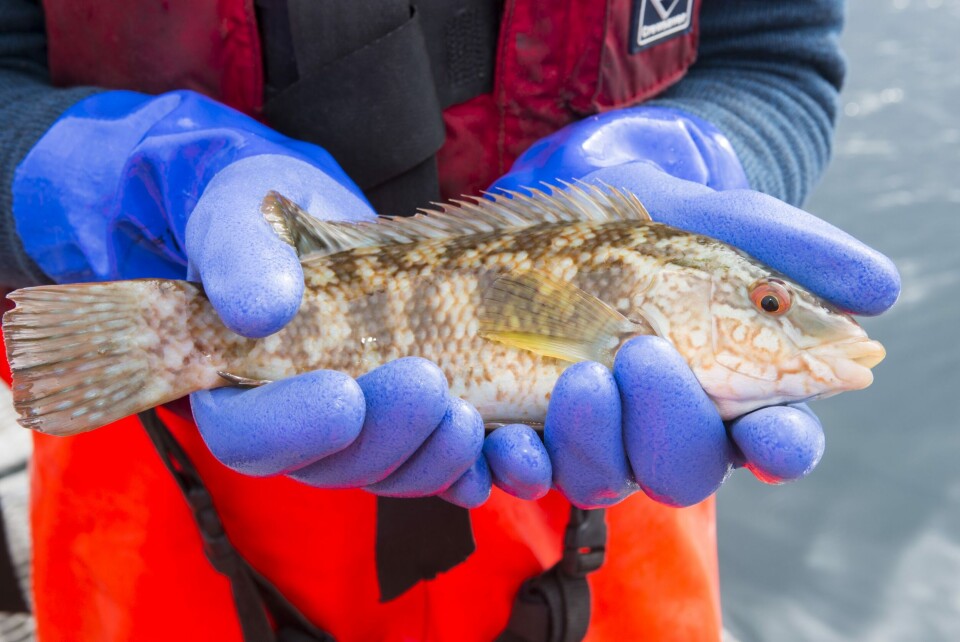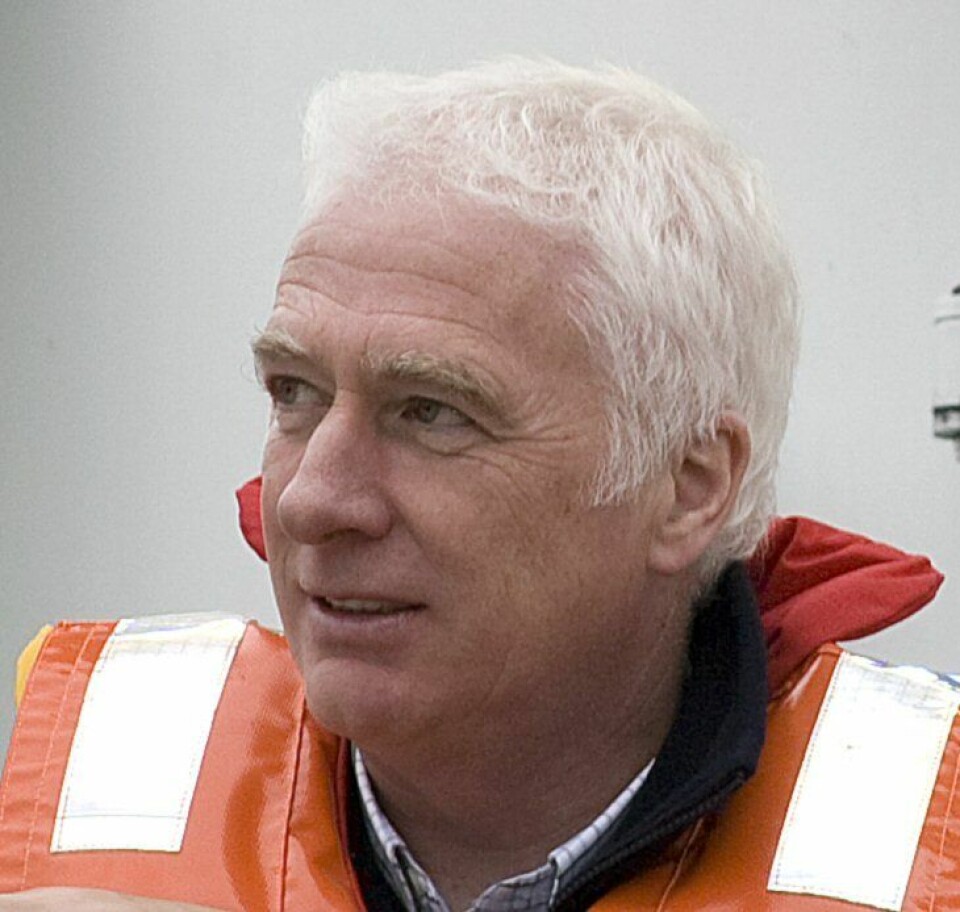
Big fall in medicinal spend in sea lice battle
A new report for the Scottish salmon farming industry shows a dramatic decrease in the spend on medicinal treatments against sea lice.
According to the Scottish Salmon Producers’ Organisation (SSPO) in its Fish Health Management Annual Report, over the past two years, industry spend on medicinal treatments has dropped from 71 per cent of total fish health management costs to 28 per cent.
The SSPO reported that by the end of last year, sea lice management undertaken in line with the industry’s Code of Good Practice was the best it had been for some years.

SSPO chief executive Scott Landsburgh said: “The investment in cleaner fish like wrasse and lumpfish as well as the new machinery to remove lice is proving successful and looks encouraging for the future. We will always need responsible access to medicines as part of a multi-faceted strategy, but this has been a significant turn-around for the salmon farmers.”
Impressive results
Cleaner fish like wrasse and lumpfish have produced impressive results in sea lice management. All the lumpfish used are farmed and the production of farmed wrasse is increasing.
Investment of around £14 million has been made in the development of cleaner fish, including an increase in the number of facilities producing farmed wrasse, although more are still needed.
Landsburgh added: “Wrasse and lumpfish are becoming a key part of fish farming and the potential to farm wrasse for the salmon farming sector is an exciting opportunity for further investment and jobs in Scotland.
“Of course, as we are dealing with livestock, there will always be a requirement for the use of medicinal treatments and it is important that we ensure long term responsible access to medicines which give the fish some protection. Maintaining a range of options like the in-feed SLICE treatment is a key part of the industry’s fish health management strategy.”
Mechanical methods
Last year also saw £21m invested in the use of mechanical methods to remove lice. These devices, such as the Hydrolicer and Thermolicer, use water and temperature to remove the lice from the salmon and can be used whenever required. Although they are still early in their development, results are encouraging and companies are training dedicated teams of workers to establish best practice, says the SSPO report.
It adds that salmon farming companies who form the membership of the SSPO have been investing in research, in establishing the production of farmed wrasse at Machrihanish and Ardtoe and in training and further recruitment of biologists, health managers and vets who ensure high standards of fish health and welfare.
The report adds that at least two new freshwater hatcheries will be built to produce larger salmon smolts with high health status for transferring to marine water farms. This will reduce growing time at sea and also reduce exposure to sea lice. The hatcheries are due to be completed by 2019. The industry is also working with Marine Scotland, SEPA and the Scottish Aquaculture Innovation Centre to develop a
10-year fish health management strategy to complement industry growth and to ensure its long-term sustainable production.




















































